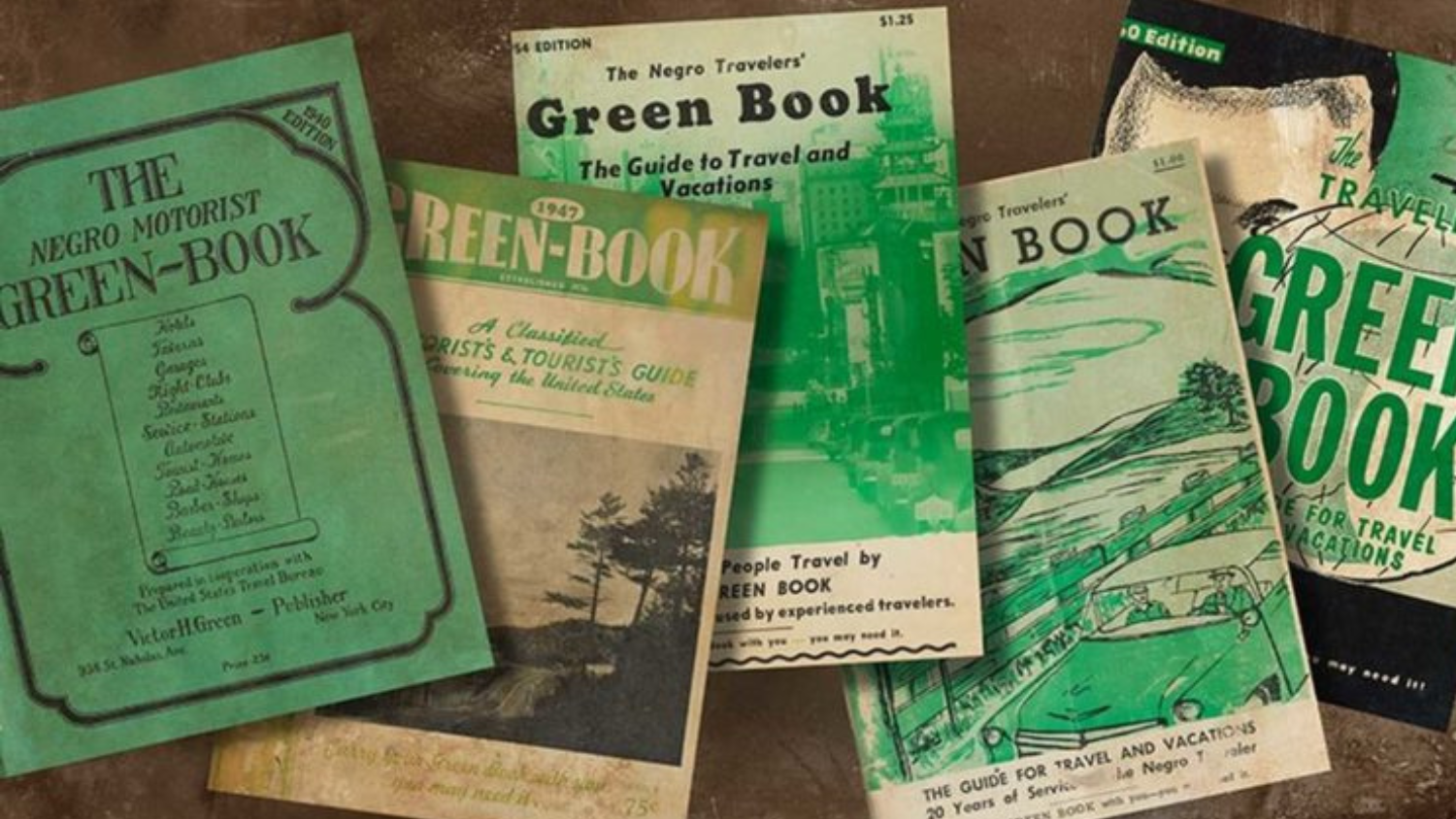Celebrating the Green Book: A Lifeline for Black Travelers

The first of the genre, the Negro Motorist Green Book written by Victor Hugo Green in 1936, promised to provide “the Negro traveler information that will keep him from running into difficulties.”
Although driving gave southern Blacks a degree of freedom that they did not have on public transportation or in most public places at this point in American history, the “difficulties” that Black travelers could encounter while driving ranged from being turned away by businesses to experiencing harassment and physical violence.
The first edition of the Green Brook focused on metropolitan New York, however response was so strong that Green published a national version. By 1940, the Green Book was sponsored by the U.S. Travel Bureau, which promoted travel and tourism as a way to help the country recover from the Great Depression. Listings in the Green Book were alphabetical by state and then by cities within each state.
An Inspiring Example of Resistance and Resilence
“The Green Book is one of many examples of African Americans standing up to Jim Crow,” said Roslynn Powell, Ph.D. candidate in parks, recreation and tourism management at NC State. “It is a reminder of our resilience, which is vital when we are inundated with messaging that we are not. Instead, our stories are intentionally erased to maintain current power structures.
Powell is passionate about shining a spotlight on Black history and how Black history is told, especially in natural resources. She grew up and often hearing “Black people don’t do this” or “Black people don’t do that.”
“As I explore African American history for my professional research and family research, I am reminded of the ancestors’ humanity in a way that I felt disconnected from for so long.” said Powell. “The more I connected with my history on the continent and America, the more empowered I became and found my path to serve my community. Seeing the safe places African Americans used during travel and where our elders and ancestors fought for civil rights gives us spaces to ground ourselves, meditate, and be affirmed in our identity.”
“Today, we must draw on the resourcefulness, creativity, and determination of elders and ancestors that used the Green Book. We must also call on the bravery and resolve of those who bravely fought for the rights we have now as we continue on their works.”
Each edition of the Green Book included a note that said “There will be a day in the near future when this guide will not have to be published. That is when we as a race will have equal opportunities and privileges in the United States. It will be a great day for us to suspend this publication for then we can go whenever we please and without embarrassment.”
The Green Book in North Carolina
Over the course of three decades, the Green Book listed more than 300 places in North Carolina. From the Savoy Hotel in Asheville to the Vanity Box Beauty Parlor in Wilmington. Twenty sites were listed in Raleigh, mostly around East Hargett Street which was known as “Black Main Street.”
All that remains of most Green Book listings are historical photos and digital copies on the website of the New York Public Library. The state of North Carolina developed an exhibit after the release of the movie “Green Book” in 1918, based on the story of renowned pianist Don Shirley’s concert tour through the South in the 1960s.
Today, there are two identical traveling exhibits sponsored by the North Carolina African American Heritage Commission (AAHC) that feature eight vibrant panels showcasing images of business owners, travelers, and historic and present-day images of North Carolina Green Book sites. The words of African American travelers and descendants of Green Book site owners are featured prominently in the exhibit and include stories from oral histories collected by the AAHC in 2018 and 2019.
- Categories: